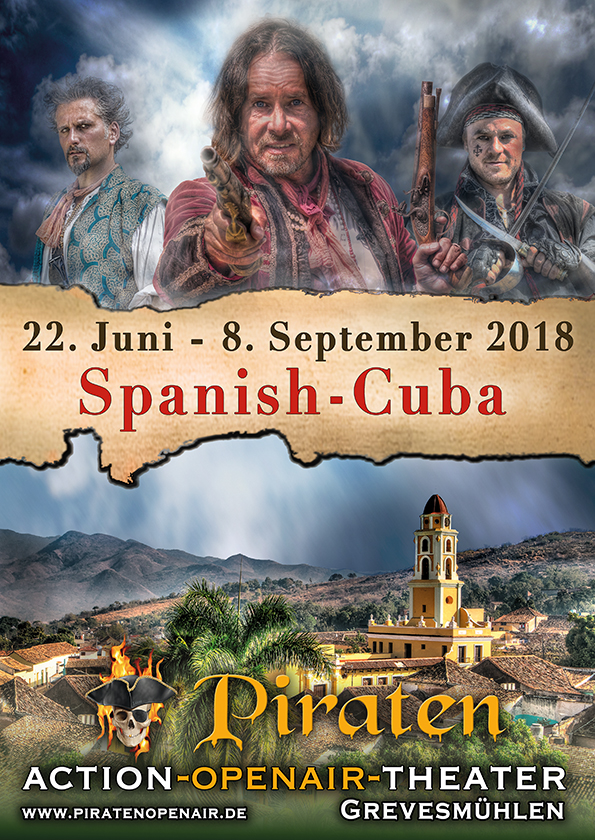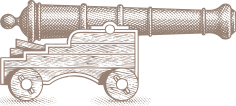
 It is the year of our Lord 1696. Flint and Vane were able to make it out of Cartagena alive after they had truly left their marks within the den of the Spanish lion. The appalling course of events at the viceroy’s court made Flint declare his personal war on the Spanish Empire. He tore down the city and seemed to have abandoned each and every spark of benevolence. Viceroy Don Caspar barely managed to escape death. He declared Flint and the pirates devoted to him fair game and charged the most dreadful pirate hunter, Mancha Negra, with hunting them down in the name of his holy majesty. A fight to the death had begun. Captain Vane sailed back to the Caymans while Flint, aboard the Pearl, was bound for Trinidad in the south of Spanish Cuba, the city of sugar barons and farmers, where the Spaniards had taken the Walrus. Upon abandoning the ship off San Andrés, each of the Walrus crew had to strike out on their own to get back to the captain. In Trinidad, the seat of the powerful Casa Construcción and the centre of power of the Spanish Empire, Flint intends to set about his campaign against the Spaniards, reclaim his ship and sort out a small but personal matter of his.
It is the year of our Lord 1696. Flint and Vane were able to make it out of Cartagena alive after they had truly left their marks within the den of the Spanish lion. The appalling course of events at the viceroy’s court made Flint declare his personal war on the Spanish Empire. He tore down the city and seemed to have abandoned each and every spark of benevolence. Viceroy Don Caspar barely managed to escape death. He declared Flint and the pirates devoted to him fair game and charged the most dreadful pirate hunter, Mancha Negra, with hunting them down in the name of his holy majesty. A fight to the death had begun. Captain Vane sailed back to the Caymans while Flint, aboard the Pearl, was bound for Trinidad in the south of Spanish Cuba, the city of sugar barons and farmers, where the Spaniards had taken the Walrus. Upon abandoning the ship off San Andrés, each of the Walrus crew had to strike out on their own to get back to the captain. In Trinidad, the seat of the powerful Casa Construcción and the centre of power of the Spanish Empire, Flint intends to set about his campaign against the Spaniards, reclaim his ship and sort out a small but personal matter of his.
Trinidad in Spanish Cuba, an opulent city at the Bahía de Casilda, seat of the Casa Construcción, the trading station for the Spanish authority in Spanish Cuba; the place of rich farmers, planters and sugar barons. This is where the Spanish armada had taken the Walrus. The Casa Construcción intended to sell the ship as a prize by public auction, and lots of prospective buyers had cast a covetous eye on it. Hardy surprising for it was in pretty good nick, save for a couple of cracked-up spars, some clipped ropes and the smashed bulwark on the port side. A steal for every buyer.


















